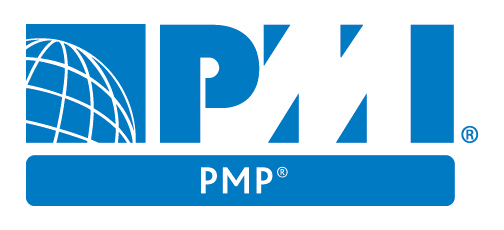
What is PMP Certification
There are hundreds of websites and resources that offer information and tips on how to pass the PMP certification exam, but one of the most common problem project managers face is not knowing where to start. Hundreds of project management training websites and programs exist that will help you pass the PMP exam, but almost none of them guide you through the process from start to finish.
Earning a PMP certification is well worth the time and effort you spend on preparing for the test and satisfying the requirements. You will acquire a bunch of new skills after doing some formal training which will help you solve a lot of everyday problems a lot more quickly. In addition to learning new techniques, you will also become more respected by others in your field and will be able to find a high paying job more easily
Before going ahead a buying every book and course you can find, you need to make sure that you satisfy the Project Management Professional certification requirements set by PMI. These educational requirements and professional requirements must be met before you can apply for the PMP certification.
As long as you follow the next 6 steps, you should have your PMP in about 4 months. Not everyone studies at the same rate or is able to comprehend specific material equally, so it might take you more or less than that depending on your experience and strength of will. There is no doubt that you will need to train for the test though if you’re thinking about passing.
Step One: The first thing you need to do immediately is sign up for a PMI membership. The PMP exam fee is cheaper for members and you will also get access to the PMBOK Guide which you will be needing anyways. You’ll also receive access to a lot of useful resources and project management publications that will help you with you preparation.
Step Two: The second thing you need to do is fulfill the 35 project management contact hours prerequisite. There are several ways you can do this that range from $100 online courses to $2,500 7-day bootcamps. If you ask a lot of managers their opinion on this matter, they would definitely tell you to go for the $189 Management Square online course which will really prepare you for the exam and give you the 35 contact hours required. The Management Square’s PMP online course is the most economical and practical option to earn your contact hours and study the required material for the test.
Step Three: After completing steps one and two, you need to apply for the PMP certification online using PMIs online application system. This is just an application to show PMI that you satisfy all the requirements and are eligible to receive the certification. It will take approximately one week before PMI accepts or denies your application, after that you will receive an email instructing you to pay the examination fee and select a test date.
Step Four: Once your application has been accepted, you will have one year to take the exam. Spots are limited and get filled up pretty quickly, so the earlier you book your spot, the better. Booking at least two months in advance will give you enough time to get the proper project management training and study the material you‘ll need for the test.
Step Five: The fifth step will require the most work and time on your part. Now that your exam date has been scheduled, you need to start studying for the PMP exam. Get as much training as you can and solve as many sample PMP questions and mock tests you can get your hands on. Make sure you create an effective study plan while taking your test date into consideration. You wouldn’t want test day to come and not be prepared.
Step Six: Take the exam. After months of preparation and studying, it’s now time for you to take the exam. This is a 4 hour long exam with 200 questions, and although the exact passing score is not known, you should score at least 80% of the questions correctly to pass.
That’s it! Just follow those six simple steps above and you should have your PMP certification in a few months time from now. Now go ahead and start out with step #1 and be sure to check out our other PMP training articles and tips.